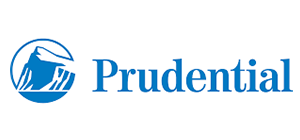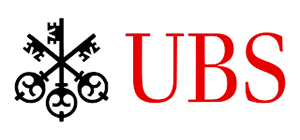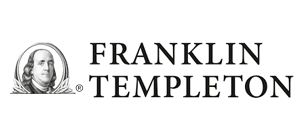Berkshire Hathaway’s Annual Beauty Pageant (2022 Edition)
Berkshire Hathaway had exceptional performance so far this year. We use quantitative analysis of its stock returns to provide some clues.
Q1 Performance Puzzle
This past Saturday, April 30th, Berkshire Hathaway investors met for their annual meeting in Omaha – the first in-person meeting since the start of the pandemic and they had plenty to celebrate. Berkshire stock (BRK.B) gained 8% this year through April vs. a 13% loss for the S&P 500 Index. But ironically, while everyone looked to Warren Buffet and the recently released quarterly report for clues explaining their fantastic performance, the investors should have been thanking themselves.
Berkshire Hathaway is a publicly traded holding company. It has both a book value of its holdings, and a market price reflecting investors’ consensus (rather than the actual market value of its holdings), and they don’t have to agree. Similar to a closed-end fund, Berkshire’s stock could trade at a premium (or a discount) to the market value of its holdings, and a large discount for a closed-end fund could trigger a buyout/takeover. For years investors have been trying to replicate Buffet’s success in one of two ways: some try to mimic his investment style by piling up on generic “moats” (NYSEARCA:MOAT) – a term attributed to Buffet himself, while others simply try to replicate Berkshire’s holdings (NYSEARCA: XLF, QUAL).
But the truth is that, similar to Keynes’s beauty pageant paradox (where the consensus of opinions, rather than that of any individual observer or any of “objective” qualities of contestants, determines the winner), Berkshire’s stock price is, like all stocks, determined by the investment public’s perception rather than its SEC filings. As such, to properly evaluate Berkshire’s stock, one needs to assess what other market participants think about it.
Sign in or register to get full access to all MPI research, comment on posts and read other community member commentary.





